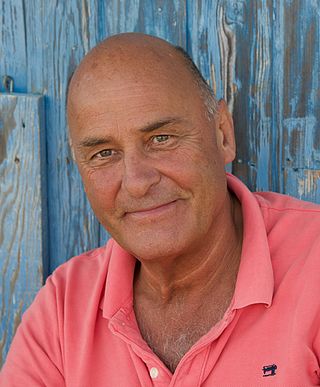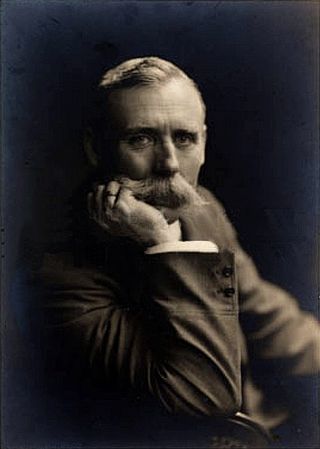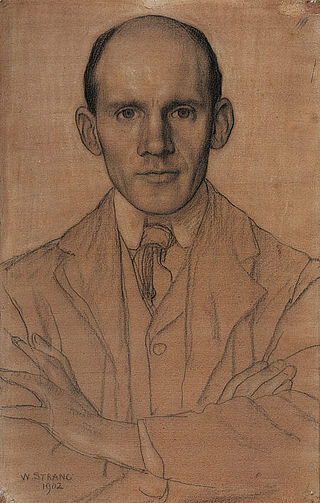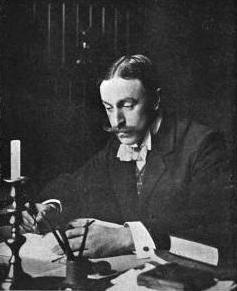Country Life is a British weekly perfect-bound glossy magazine that is published by Future plc. It was based in London at 110 Southwark Street until March 2016, when moved to Farnborough, Hampshire. In 2022, the magazine moved back to London at 121 – 141 Westbourne Terrace, Paddington.

Richard Leach Maddox was an English photographer and physician who invented lightweight gelatin negative dry plates for photography in 1871.

The Royal Photographic Society of Great Britain, commonly known as the Royal Photographic Society (RPS), is one of the world's oldest photographic societies. It was founded in London, England, in 1853 as the Photographic Society of London with the objective of promoting the art and science of photography, and in 1853 received royal patronage from Queen Victoria and Prince Albert.

Sir John Benjamin Stone was a British Conservative politician and photographer.
Herbert Bowyer Berkeley was an English photographer as well as a chemical engineer. He was the fourth son of The Reverend William Comyns Berkeley and Harriet Elizabeth Bowyer Nichols Berkeley. Berkeley was educated at Uppingham School, was a member of the Royal Photographic Society and exhibited work from 1874 until 1889.

Charlie Waite is an English landscape photographer noted for his "painterly" approach in using light and shade.

The Sunday Times Magazine is a magazine included with The Sunday Times. In 1962 it became the first colour supplement to be published as a supplement to a UK newspaper, and its arrival "broke the mould of weekend newspaper publishing".

Bourne & Shepherd was an Indian photographic studio and one of the oldest established photographic businesses in the world. Established in 1863, at its peak, it was the most successful commercial firm in 19th-and early 20th-century India, with agencies all over India, and outlets in London and Paris, and also ran a mail order service. A devastating fire in 1991 destroyed much of the studio's photographic archive and resulted in a severe financial loss to the firm. The long-term impact of the fire, legal difficulties with the Indian government, which owned the studio building, and the increasing dominance of digital technology, finally forced the studio's closure in June 2016. At its closure, the studio had operated continuously for 176 years.
Charles E. Brown was a commercial aviation photographer working for United Kingdom newspapers, the aviation industry and a freelance commercial photographer with official accreditation as a war correspondent. His aviation archive of 30,000 images has been preserved at the RAF Museum, Hendon since 1978.

James Booker Blakemore Wellington aka J. B. B. Wellington was an English photographer.

James Craig Annan was a pioneering Scottish-born photographer and Honorary Fellow of the Royal Photographic Society.
Geoffrey Crawley was a photographic expert and journalist, and was the editor in chief of British Journal of Photography for two decades. He was noted for exposing the photographs of the Cottingley Fairies taken in the early 20th century as a hoax.
The British Journal of Photography (BJP) is a magazine about photography, published by 1854 Media. It includes in-depth articles, profiles of photographers, analyses, and technological reviews.
Amory Nelson Hardy or A.N. Hardy (1835–1911) was a photographer in Boston, Massachusetts, in the 19th century. Portrait subjects included US president Chester A. Arthur, clergyman Henry Ward Beecher, politician James G. Blaine, abolitionist William Lloyd Garrison, doctor Oliver Wendell Holmes Sr., jurist Oliver Wendell Holmes Jr., writer Julia Ward Howe, labor activist Florence Kelley, suffragist Mary Livermore, philanthropist Isabella Somerset, and suffragist Frances Willard. He also made "electric-light portraits" of roller skaters in 1883.

Alfred Horsley Hinton was an English landscape photographer, best known for his work in the pictorialist movement in the 1890s and early 1900s. As an original member of the Linked Ring and editor of The Amateur Photographer, he was one of the movement's staunchest advocates. Hinton wrote nearly a dozen books on photographic technique, and his photographs were exhibited at expositions throughout Europe and North America.

The Journal of the Photographic Society, later the Royal Photographic Society, was first published on 3 March 1853 and it has been published continuously ever since. The magazine's title was changed with volume 5 (1859) when it was renamed The Photographic Journal and this was recently updated to the RPS Journal. The publication is the oldest photographic periodical in the world. For much of the magazine's history it had an influence that went far beyond the society and a print run considerably in excess of the society's membership. The magazine has had its circulation ABC audited since 2010. From June 2014 Think Publishing took on responsibility for publishing the journal on the society's behalf. The Photographic Journal is not affiliated with ThePhotographicJournal.com, which is an online publication that began in 2013.

William Jay was a photographer, writer on and advocate of photography, curator, magazine and picture editor, lecturer, public speaker and mentor. He was the first editor of "the immensely influential magazine" Creative Camera (1968–1969); and founder and editor of Album (1970–1971). He is the author of more than 20 books on the history and criticism of photography, and roughly 400 essays, lectures and articles. His own photographs have been widely published, including a solo exhibition at the San Francisco Museum of Modern Art. He is known for his portrait photographs of photographers.
Emil Obrovsky was a significant mid-20th-century Austrian amateur photographer and a founder of the Österreichische Gesellschaft für Photographie.
Hallam Ashley FRPS was a British professional photographer who, amongst other things, photographed buildings for the National Buildings Record for nearly 40 years. A book of his photographs of East Anglia was published in 2010.
Jules Richard was a French photographer, businessman and instrument maker. Trained in part by his father, an instrument maker, Richard took over the family's business on his father's death. Richard was the inventor and manufacturer of the Verascope and Glyphoscope stereographic cameras, and also the Taxiphote stereographic viewer.










